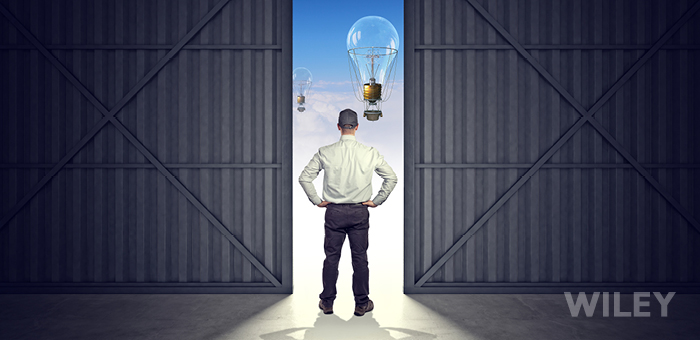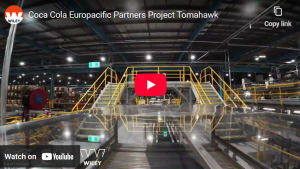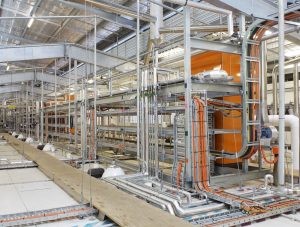Imagine if you had the opportunity to design your food facility all over again. What would you do differently? What would you change? What would you keep? How would you approach it?
How do you combine the lessons learned to date with today’s contemporary production practices? How do you integrate this with your plan for the future? The answer can be complex, but all you really need is a well-planned design led approach that leverages hindsight, insight and foresight.
Hindsight
Given the chance to start over, where would you begin? You’d look after the basics, right? Maintain a high level of hygiene. Ensure the forklifts no longer cut across that pedestrian path and improve your allergen controls. Maybe you would improve your temperature control, energy usage and minimise your product movements, redesigning your work spaces around raw materials, work in progress and finished goods to drive this. The benefits that can be had through hindsight need to be captured.
Insight
You could then take a more holistic view. You could consider intuitive workflows for your people, engineering process requirements and opportunities to drive new efficiencies. You might consider improved emergency response systems, maintenance access and ergonomics. Maybe you could improve worker safety and comfort. Details like work station design, human machine interfaces and protection and prevention measures might be reshaped, but what do you focus on? How do you ensure your approach is focused on optimising outcomes? You need to capture and prioritise your insights and design led thinking can help.
Foresight
Perhaps your greatest challenge lies in your ability to future proof your business. You might redesign the whole facility to capture opportunities to allow for future expansion or future technologies. You might consider the increased potential for automation, robotics and operational analytics. Integrated systems that allow the use of data, machine learning or even artificial intelligence might be considered. You might engineer your operation for remote monitoring and even remote or autonomous control. How do you truly know what your business might need 5 years from now? 10 years from now? To manage this well, you need a forward facing approach based on finely tuned foresight.
Hindsight, insight and foresight are all essential, but you also need great planning and the right people on your side. With the right team, your CAPEX can be maintained (or even reduced) and your OPEX and risk profile can benefit greatly. It sounds simple, but it’s not as straight forward as most think.
It’s about ensuring you have the right team on your side at the right time with the right design. The team must examine what is needed by consulting those who have to live with the result, those who will be responsible for its performance (now and into the future) and those who have experience in designing similar facilities. Anything less might seem cheap now, but has a heavy cost over the life of a facility.
Wiley have helped many clients who have had the opportunity to start over either through a move to a greenfield operation or through rebuilding due to disaster. In some cases this has been through a traditional approach and in others we have used a design led methodology. These operations always come back better than ever by leveraging the available learnings to make their operation better than ever before.
- A J Bush Rendering Facility Rebuild – Rising From Ashes
- Rapid Disaster Recovery Helps JBS Rockhampton Get Back Into Production
- Haverick Meats in Banksmeadow in Sydney, was devastated by a fire on the 21st May 2016. Wiley were contacted by the company and on site within two days to support their team and work with the insurance company. Fast forward to November and the factory, delivered by Wiley, is almost complete after a rapid rebuild recovery system.
- Australian Lemon Myrtle Product’s factory burnt to the ground earlier in 2016 due to an electrical fire. Wiley was on site 48 hours later to provide support to the team who process Lemon Myrtle predominantly for international export. Together with Wiley, they have completed the plans for a redesign of their facility to food grade standards. Wiley worked closely with their insurers to get them on track in the shortest amount of time.
If you’re not sure your design team has all of the bases covered, or would just like a sanity check, contact us here at Wiley. Food facility design and engineering is what we do. We can help you with your new greenfield facility, a brownfield facility upgrade or a disaster recovery food facility project.
The results we achieve in all of these areas are market leading because we take a holistic and insightful design led approach with a future focus that protects our clients’ interests and investments for many years.
Talk to Wiley on 1300 385 988 or connect with Brandon or Brett below to discuss further today.



